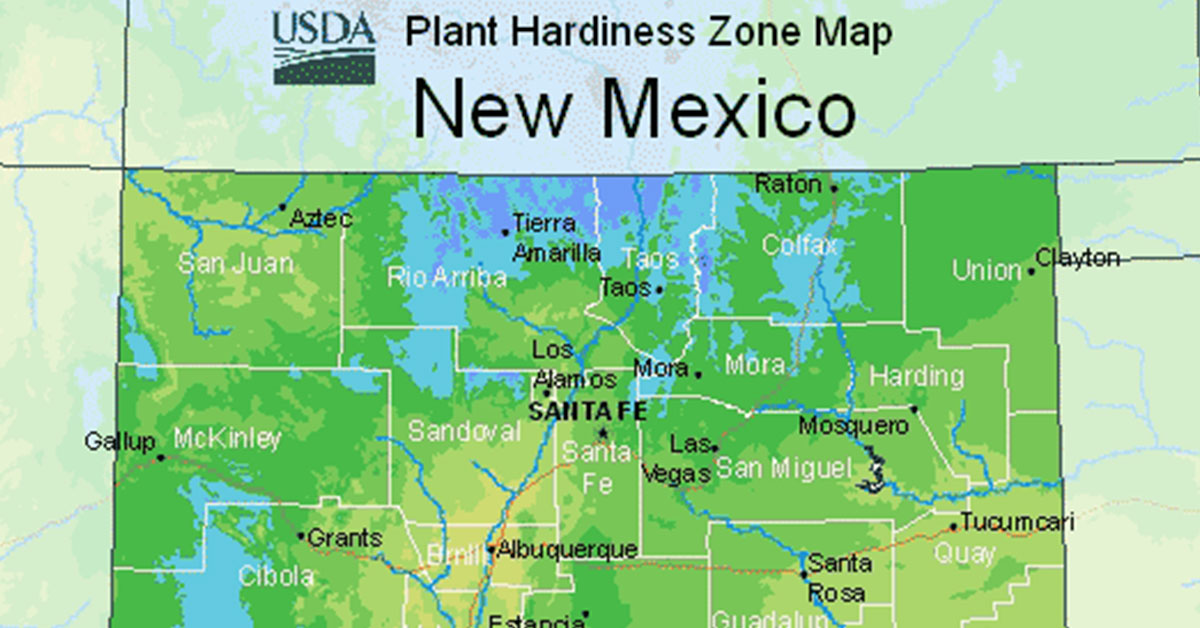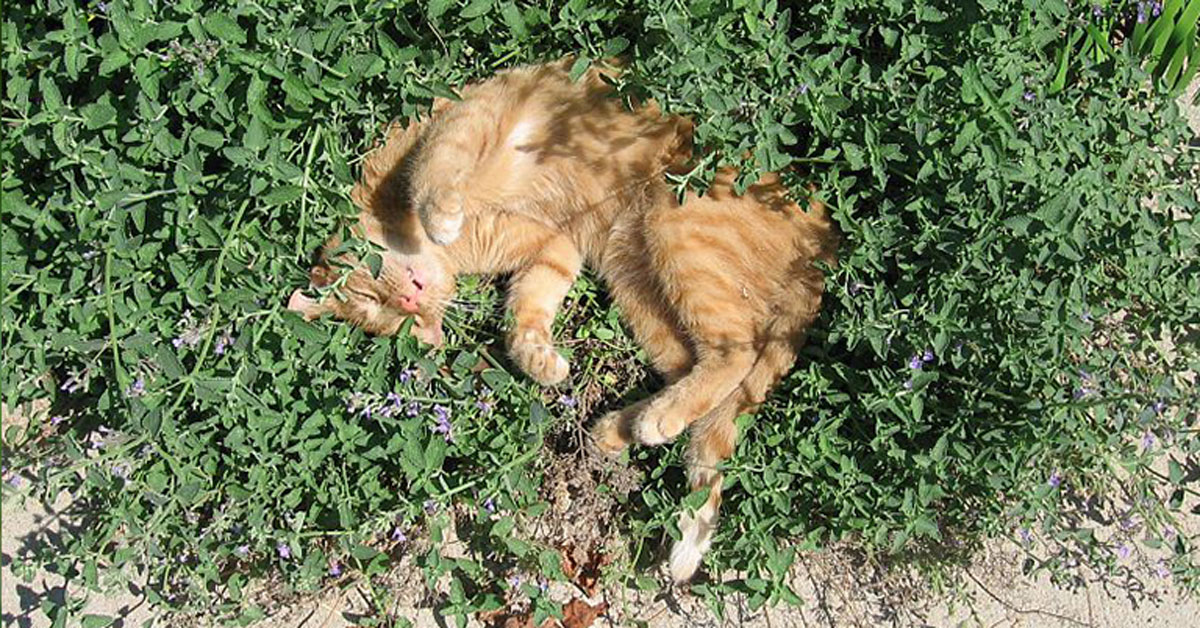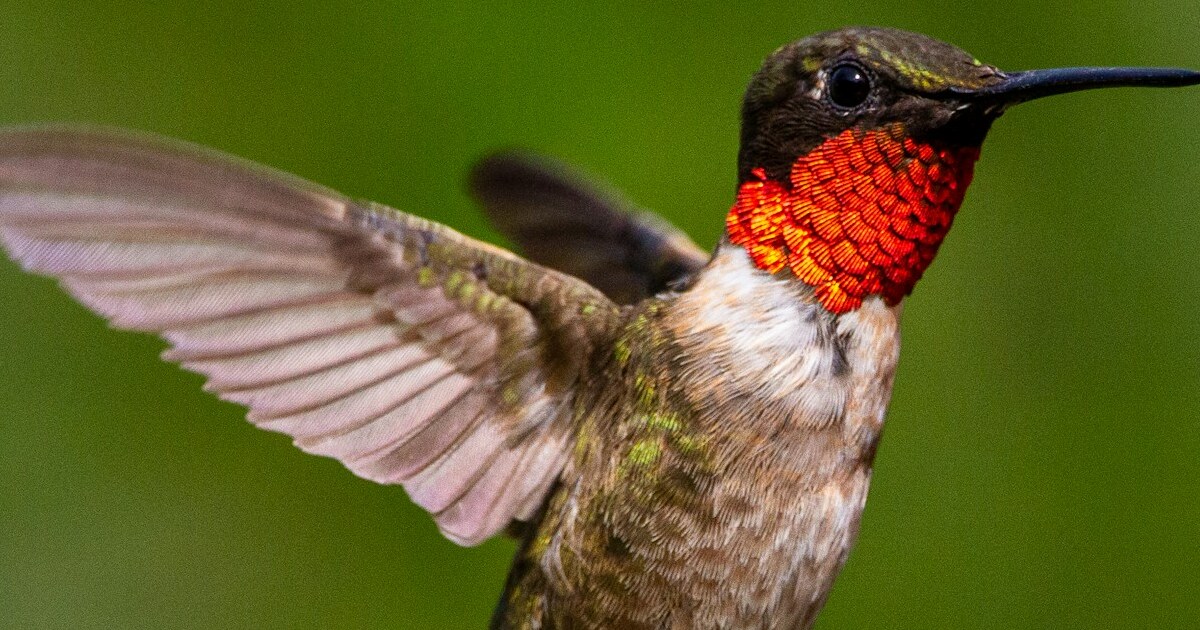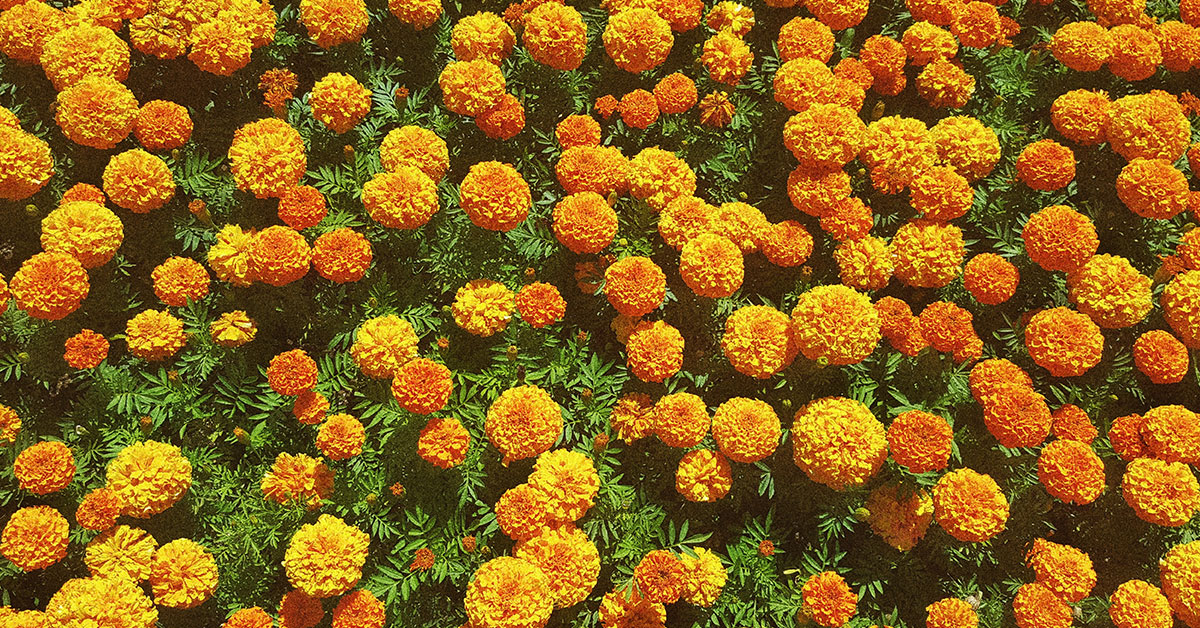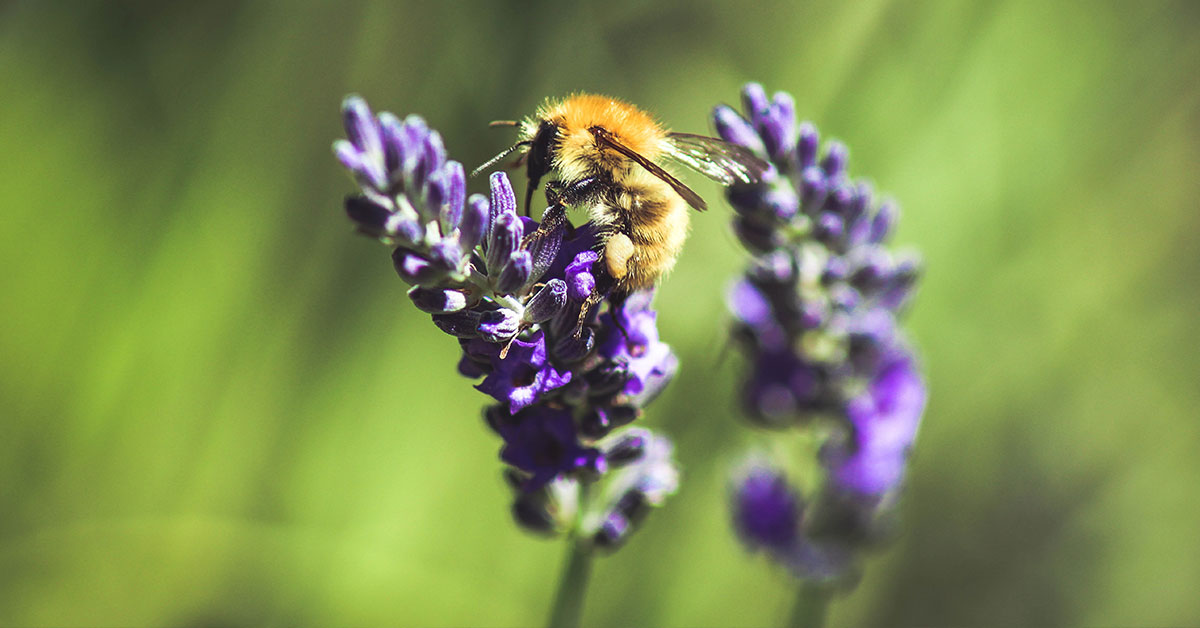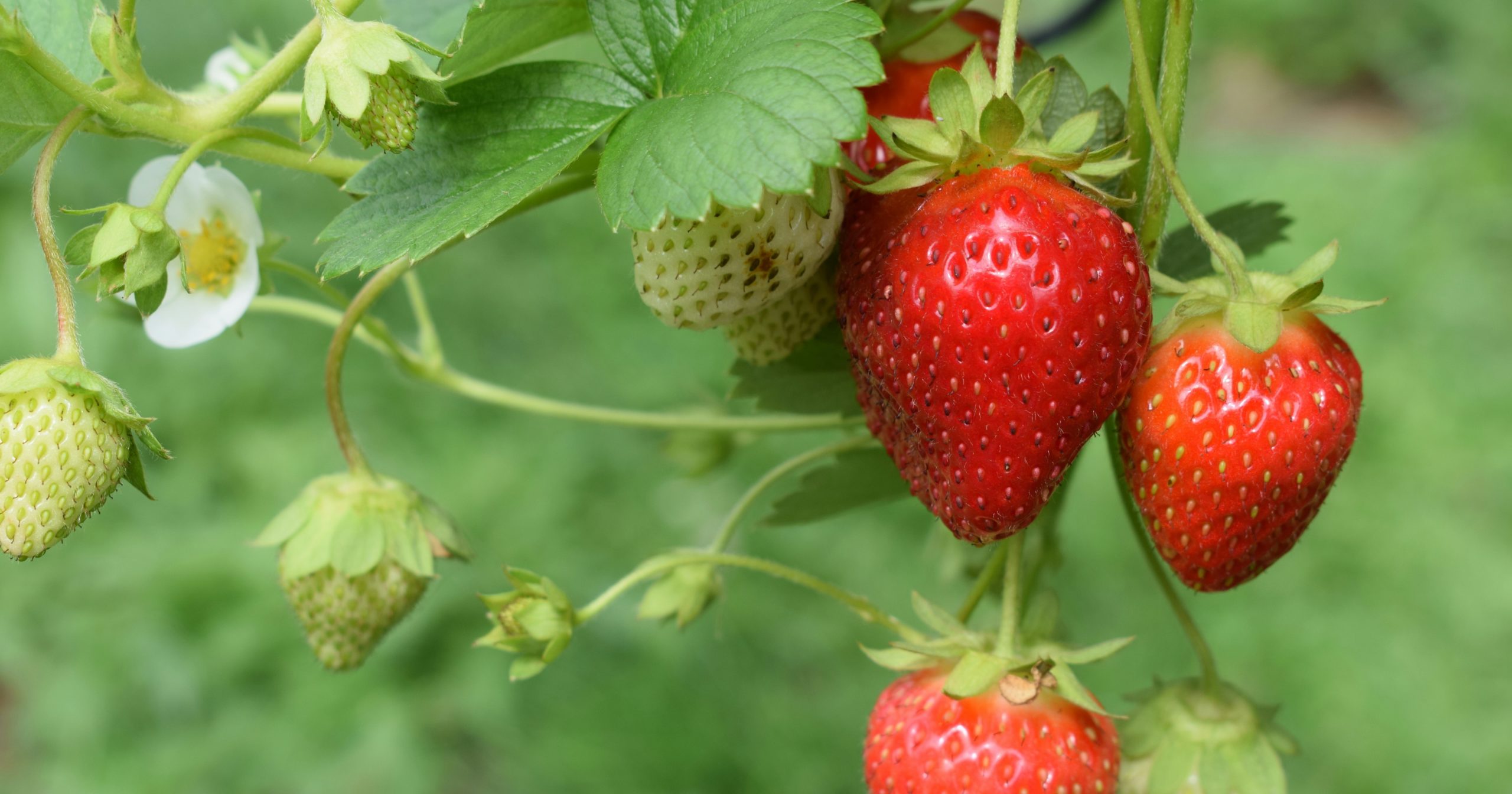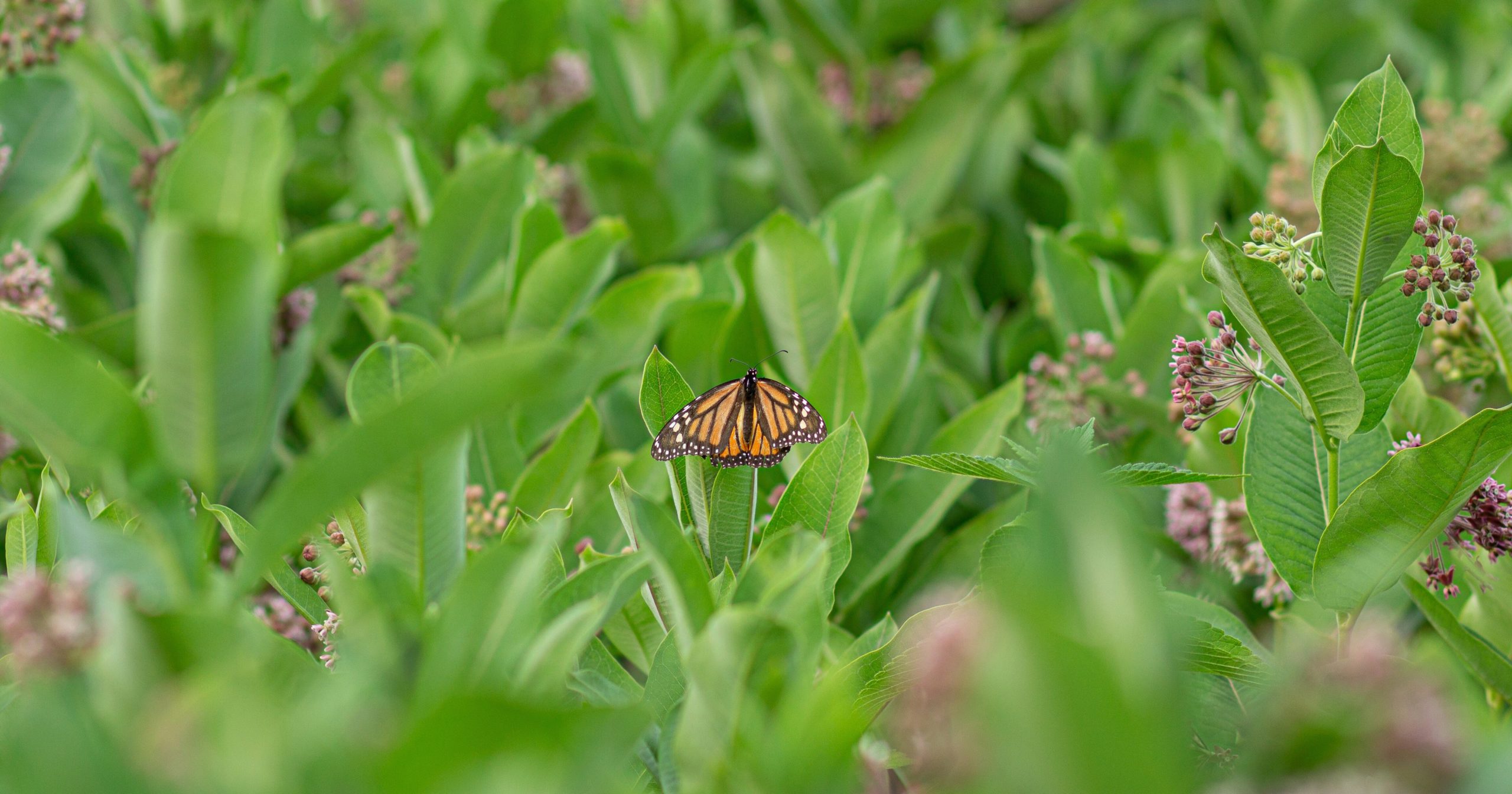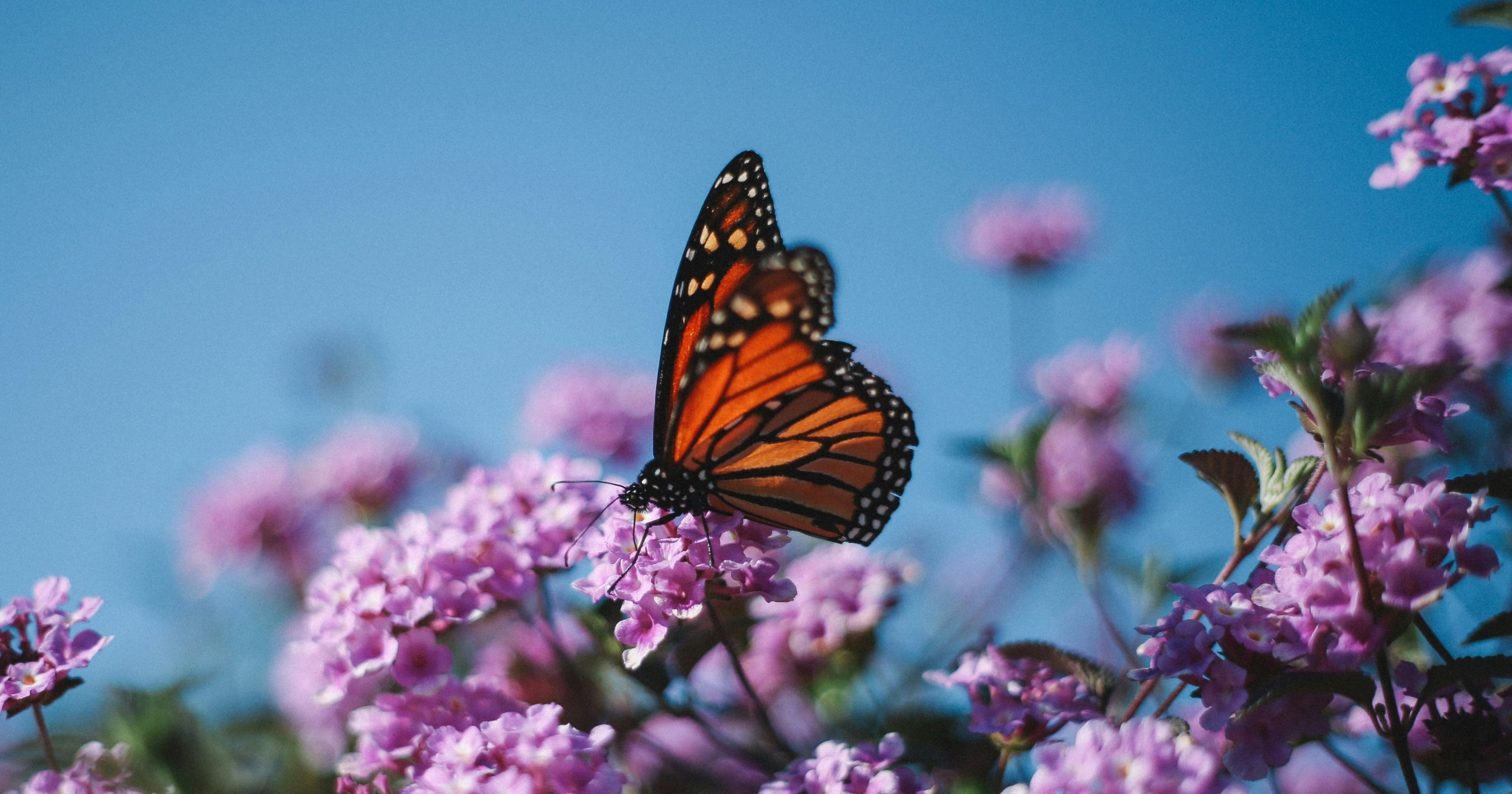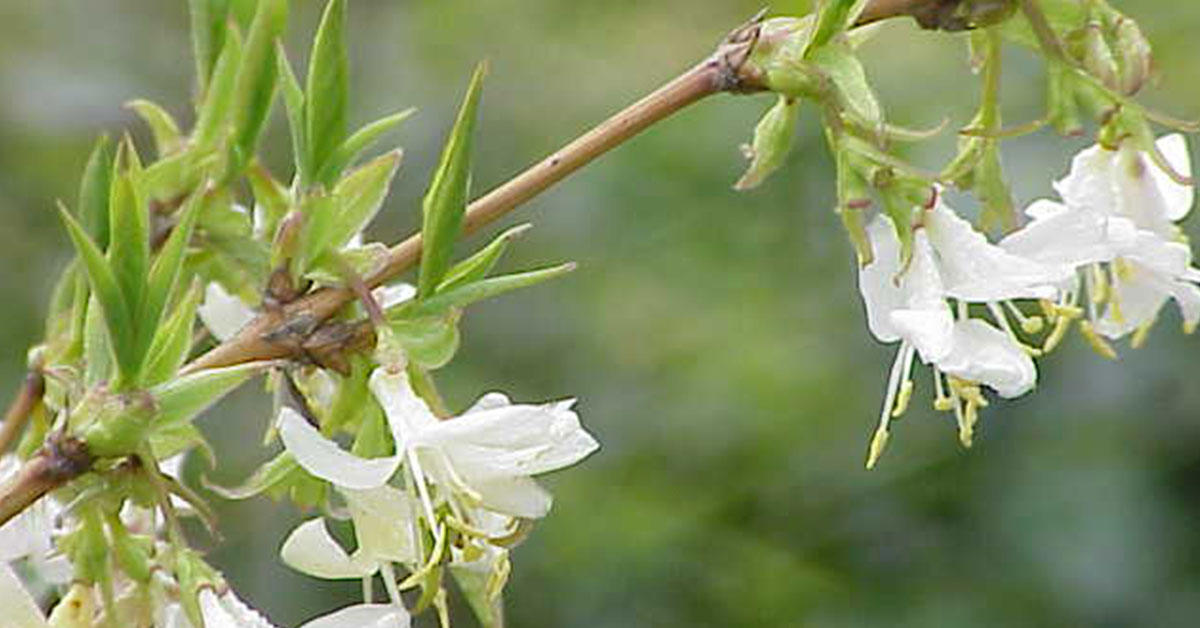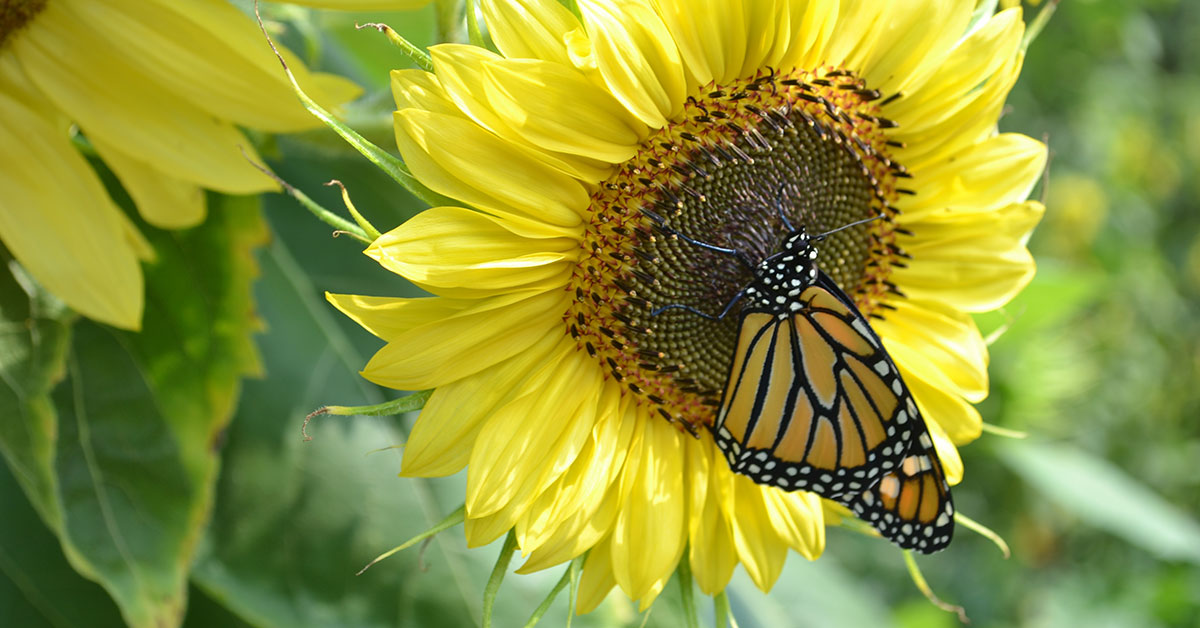Welcome to the vibrant world of gardening in Albuquerque, where the high desert climate and unique geography create a challenging yet rewarding environment for plant enthusiasts. Situated in USDA hardiness zone 7, Albuquerque experiences hot, dry summers and cold, dry winters, making it essential for gardeners to carefully select plants that can thrive in these conditions.
With a little knowledge and planning, however, Albuquerque gardeners can create stunning landscapes filled with a diverse array of resilient and drought-tolerant plants. In this article, we will explore the intricacies of gardening in Albuquerque’s USDA hardiness zone, offering valuable insights and practical tips to help you create a flourishing garden that can withstand the city’s unique climate challenges.
What is Albuquerque’s USDA hardiness zone?
The USDA hardiness zone is a system developed by the United States Department of Agriculture (USDA) to categorize regions based on their average annual minimum temperatures. This system helps gardeners and plant enthusiasts determine which plants are most likely to thrive in a specific area.
In the case of Albuquerque, New Mexico, it falls within USDA hardiness zone 7b. This means that the average annual minimum temperature in Albuquerque ranges from 5 to 10 degrees Fahrenheit (-15 to -12 degrees Celsius). It is important to note that this is just an average, and extreme weather events can cause temperatures to drop even lower.
Understanding the hardiness zone is crucial for successful gardening because it helps determine which plants can withstand the local climate conditions. In Albuquerque’s zone 7b, gardeners should choose plants that are hardy to this zone or lower. These plants have developed the ability to survive the cold temperatures experienced in this region. Some examples of plants suitable for Albuquerque’s hardiness zone include:
- Trees: Juniper, Pinyon Pine, Arizona Cypress, Desert Willow
- Shrubs: Russian Sage, Apache Plume, Desert Marigold, Texas Ranger
- Perennials: Purple Coneflower, Black-Eyed Susan, Yarrow, Penstemon
- Succulents: Agave, Prickly Pear Cactus, Sedum, Yucca
- Annuals: Zinnia, Marigold, Cosmos, Sunflower
It is important to note that while hardiness zones provide a general guideline, other factors such as soil type, sun exposure, and water availability also play a significant role in plant survival. Therefore, it is always recommended to research specific plant requirements and consult with local gardening experts or nurseries for the best results. Additionally, Albuquerque’s high desert climate brings unique challenges such as low humidity, intense sunlight, and limited rainfall. Gardeners should consider these factors when selecting plants and implement appropriate watering and soil amendment techniques to ensure the health and vitality of their garden. By understanding and utilizing the USDA hardiness zone system, gardeners in Albuquerque can make informed decisions about plant selection and create beautiful, thriving gardens that are well-suited to the local climate conditions.
When can you plant your garden in Albuquerque?
In Albuquerque, the ideal planting times for various plants can be determined by considering its USDA hardiness zone, which is Zone 7a. This zone indicates the average minimum winter temperature range of 0 to 5 degrees Fahrenheit (-17.8 to -15 degrees Celsius).
For cool-season crops like lettuce, spinach, and peas, the ideal planting time in Albuquerque is typically in early spring, around late February to early March. These crops can tolerate cooler temperatures and will thrive before the heat of summer sets in.
Warm-season crops, such as tomatoes, peppers, and squash, should be planted after the last frost date, which usually occurs in mid-April in Albuquerque. Planting these crops too early can expose them to potential frost damage. It’s advisable to wait until the soil has warmed up and the risk of frost has passed before planting these heat-loving plants.
Perennial flowers and shrubs can be planted in Albuquerque throughout the year, but it’s generally recommended to plant them in spring or fall. This allows them to establish their root systems before the extreme temperatures of summer or winter arrive.
It’s important to note that these are general guidelines, and specific plant varieties may have different planting requirements. It’s always a good idea to consult seed packets, plant labels, or local gardening resources for more precise information on planting times for specific plants in Albuquerque’s Zone 7a.
What grows well in Albuquerque?
Albuquerque falls within USDA hardiness zone 7b, which means it experiences an average minimum temperature range of 5 to 10 degrees Fahrenheit (-12 to -14 degrees Celsius). Here is a comprehensive list of plants that generally thrive in Albuquerque’s climate:
- Agave parryi (Parry’s Agave)
- Yucca filamentosa (Adam’s Needle)
- Opuntia spp. (Prickly Pear Cactus)
- Penstemon spp. (Beardtongue)
- Salvia spp. (Sage)
- Gaillardia spp. (Blanket Flower)
- Echinacea spp. (Coneflower)
- Rudbeckia spp. (Black-eyed Susan)
- Zinnia spp. (Zinnia)
- Verbena spp. (Verbena)
- Agastache spp. (Hyssop)
- Lavandula spp. (Lavender)
- Achillea spp. (Yarrow)
- Artemisia spp. (Wormwood)
- Perovskia atriplicifolia (Russian Sage)
- Nepeta spp. (Catmint)
- Sedum spp. (Stonecrop)
- Coreopsis spp. (Tickseed)
- Hesperaloe parviflora (Red Yucca)
- Penstemon eatonii (Firecracker Penstemon)
These plants are well-suited to Albuquerque’s arid climate, with low water requirements and the ability to tolerate the temperature fluctuations and dry conditions. However, it’s important to note that individual microclimates within the city may have slightly different conditions, so it’s always a good idea to observe your specific location and adjust plant choices accordingly.
What won’t grow in Albuquerque?
In Albuquerque, which falls under USDA hardiness zone 7a, there are certain plants that may not thrive due to the region’s unique climate and conditions. Here are some plants that may struggle in Albuquerque:
- Tropical plants: Most tropical plants, such as hibiscus, bougainvillea, and banana trees, are not well-suited to Albuquerque’s dry, high desert climate. They require more humidity and warmth than what is typically found in this region.
- Acid-loving plants: Plants that prefer acidic soil, like azaleas, rhododendrons, and blueberries, may struggle in Albuquerque. The soil in this area tends to be alkaline, which can make it challenging for these plants to absorb necessary nutrients.
- Water-loving plants: Plants that require consistently moist soil or high levels of water, such as water lilies, certain ferns, and some bog plants, may struggle in Albuquerque’s arid climate. The limited water availability and low humidity can make it difficult to maintain the necessary moisture levels for these plants.
- Cold-sensitive plants: Albuquerque experiences cold winters, with occasional freezing temperatures. Therefore, plants that are highly sensitive to cold, such as citrus trees, some varieties of palms, and tropical succulents, may not thrive in this region.
- Shade-loving plants: While Albuquerque enjoys abundant sunshine, there are areas with limited shade. Plants that require shade or cannot tolerate intense sunlight, such as certain ferns, hostas, and impatiens, may struggle to thrive in this environment.
It’s important to note that while these plants may not thrive in Albuquerque, it doesn’t mean they cannot be grown at all. With proper care, microclimates, and adjustments to soil and watering practices, it is possible to cultivate a wider variety of plants in this region.
Meta Description
Discover the perfect plants for Albuquerque’s unique hardiness zones. Unleash your gardening potential in the Land of Enchantment! #AlbuquerqueGardening
